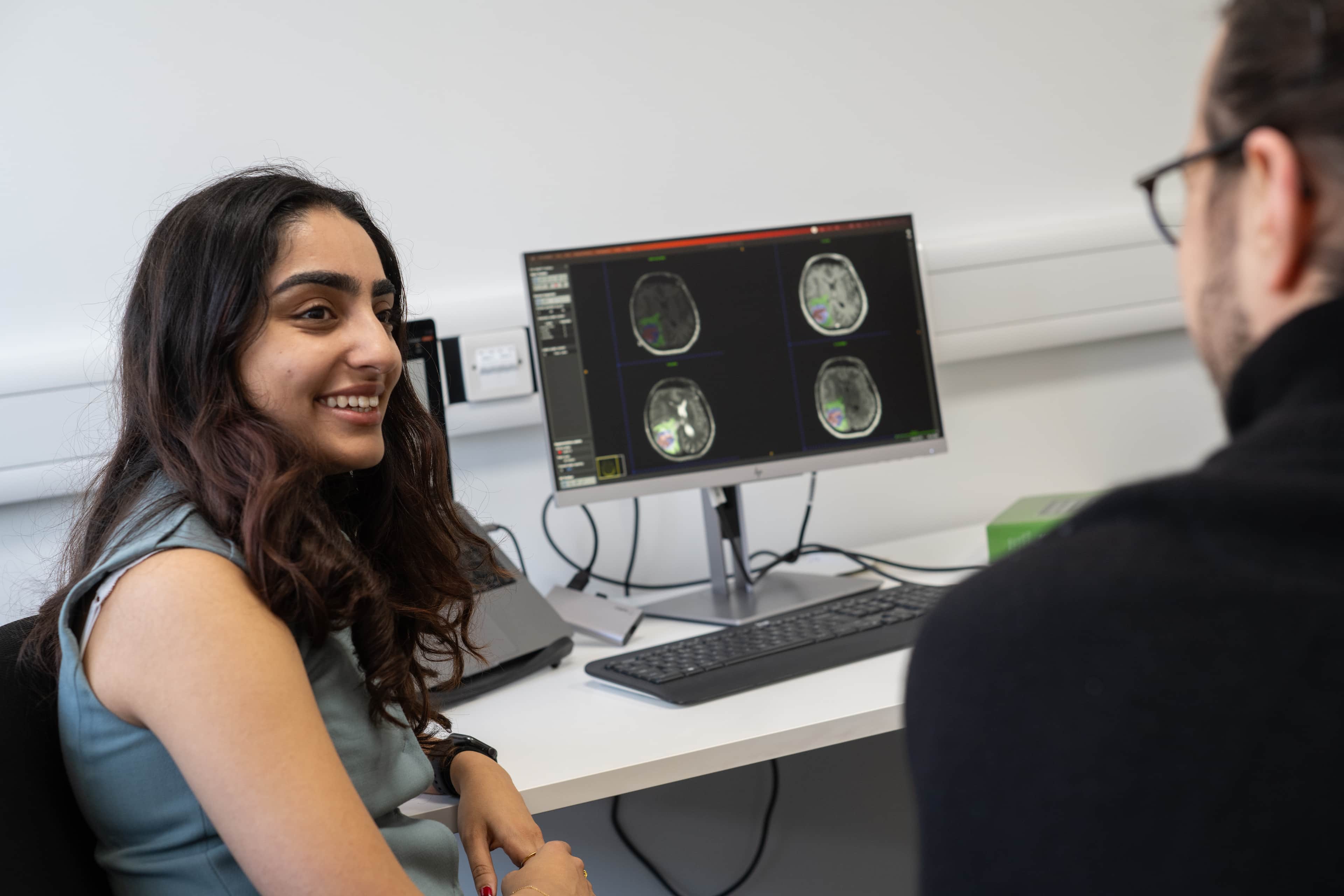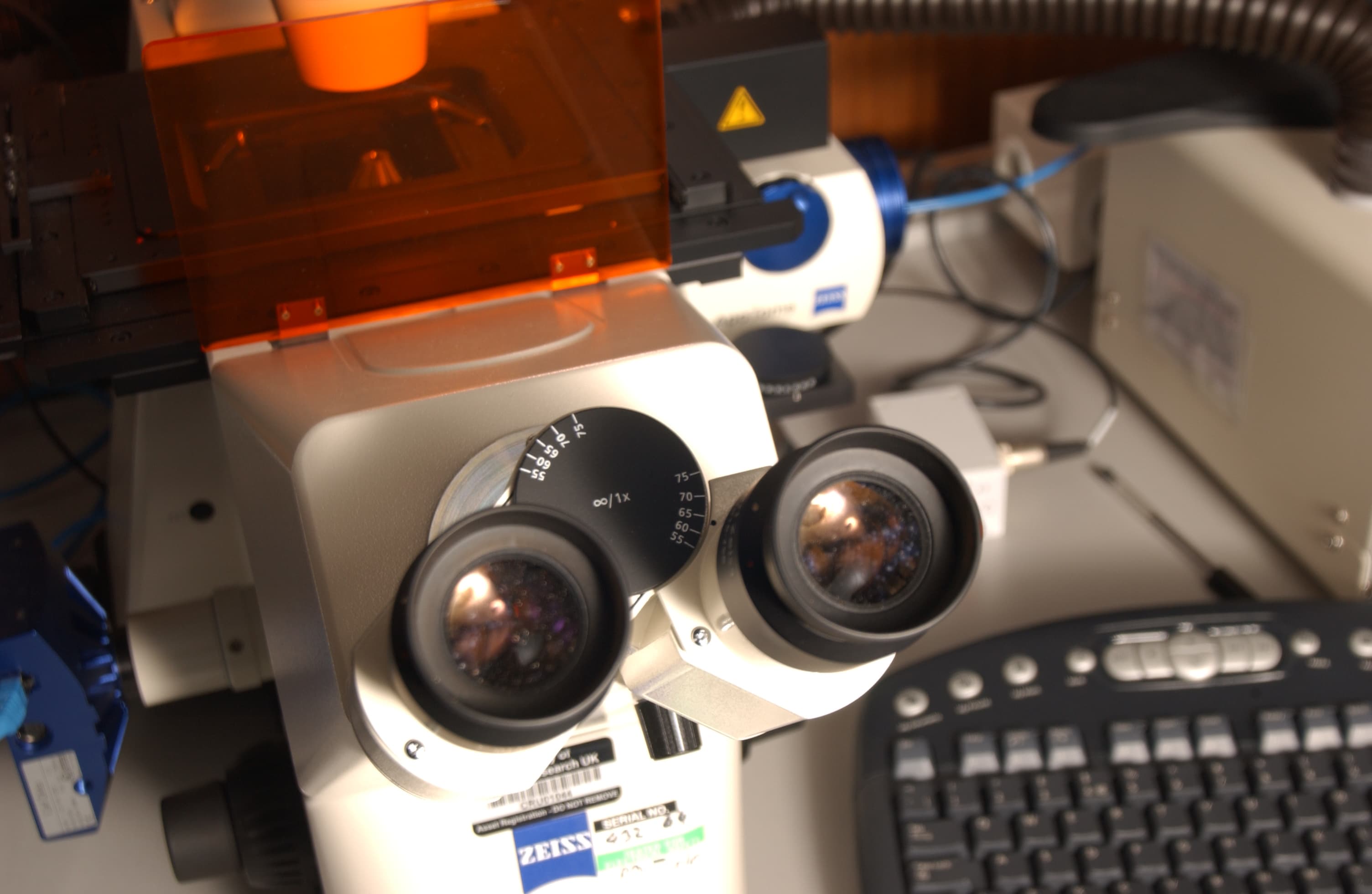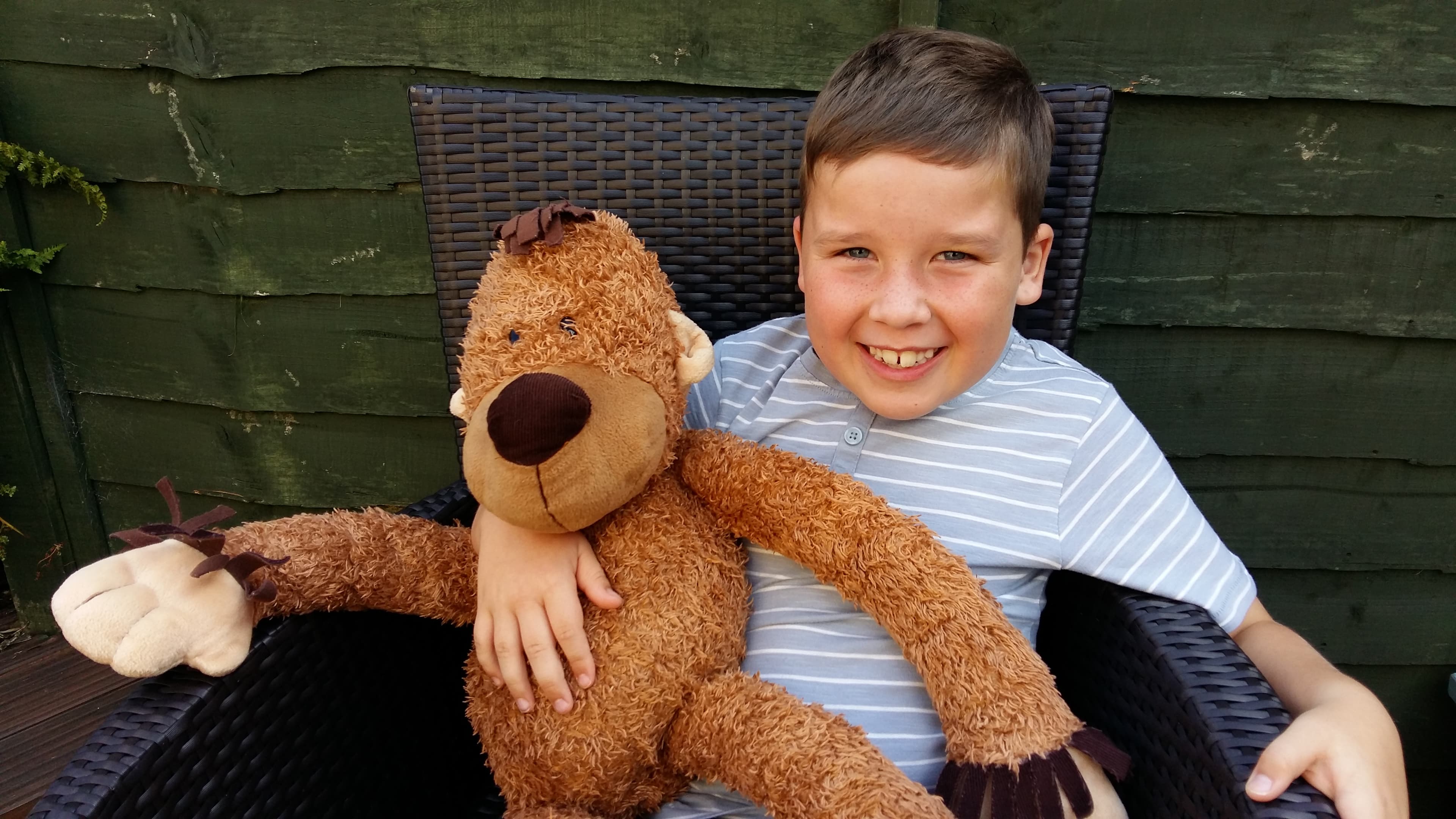
We have pledged to tackle brain tumours as a top priority – it’s one of four ‘hard to treat’ cancers outlined in our 2014 strategy. We’re tackling brain and nerve cell tumours from all angles, studying the underlying biology of the disease and testing new treatments in clinical trials. Below are some examples of what our researchers are doing right now.
Dr Kathreena Kurian, from the University of Bristol, is looking to develop a cheap, sensitive blood test to detect glioblastoma, a type of brain tumour. Markers of brain tumours are often present at too low levels to be detected by regular tests, so Dr Kurian wants to use a type of nanotechnology called Fluorescent Carbon Dots to overcome this. This could lead to brain tumours being detected earlier, and more people surviving the disease.
Dr Simona Parrinello in London researches how healthy nerve cells are made. Now, with Cancer Research UK funding, she is applying her expertise to brain tumours. In particular, she’s looking at glioblastoma which has cells that can develop like healthy brain cells. She hopes to shed light on how glioblastoma develops and spreads, and why sometimes treatment stops working.
Read more about Dr Parrinello's research
Glioblastoma is a type of aggressive brain tumour. These tumours contain an increased number of proteins that are produced by a set of genes called SOX genes. In Edinburgh, Professor Steven Pollard is looking at glioblastoma cells in the lab to learn more about how SOX genes work, how they impact the development of glioblastoma and what their weaknesses are. Understanding more about these genes could lead to the development of much-needed new treatment options for people with glioblastoma.
Read more about Dr Pollard's work
Professor Richard Gilbertson is Director of the Cancer Research UK Cambridge Centre and is an expert in childhood brain tumours. His lab is analysing the genes of thousands in brain tumours to pinpoint the mistakes that help them grow. He is also looking at how healthy brain cells develop. His lab is using this knowledge to generate new treatments by matching them to the biology of a child’s specific type of brain tumour.
Read about why Professor Gilbertson became a researcher

Thanks to research, we’ve helped change the outlook for people with brain and nerve cell tumours.
Find out more about past research
Explore our timeline of research into brain and nerve cell tumours

Meet people like Rhys who have experienced first-hand how our research is making a difference. The life-saving research we do wouldn’t be possible without your support.
Want to find more information about our research or brain and nerve cell tumours?